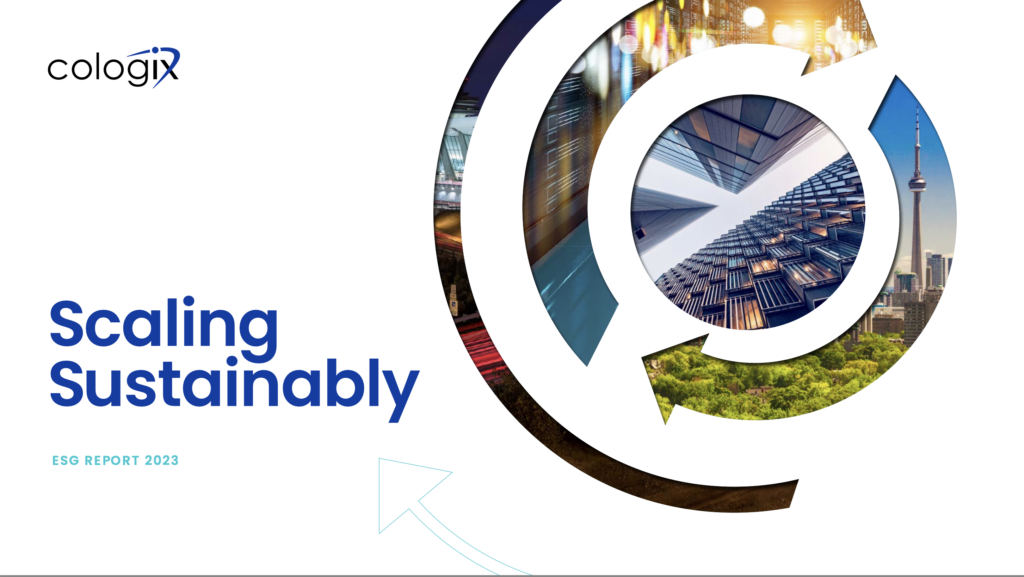From Under a Cloud to Cloud 9, What Are the Common Considerations When Choosing Your Cloud Deployment?
Today most enterprise teams have considered moving at least some of their IT to the cloud from on-premise infrastructures. Why? Some of the top reasons are: flexibility, speed, ability to scale, connectivity at the Internet’s edge, closer to end users, and cost reductions for capital and operational expenses.
With the cloud, you decide what you need, when you need it and where you need it rather than investing in upfront costs to build infrastructure from scratch and configuring surrounding software.
Many enterprises have adopted a “cloud-first” approach for new projects and applications. But what about migrating existing data and systems to the cloud? For IT teams, moving and integrating legacy systems into the cloud takes more planning. Cloud technologies are changing the way businesses operate. According to IDG, 73% of organizations in 2018 had at least one application, or a portion of their computing infrastructure already in the cloud.
How do you know if your business is ready for the cloud?
As they say, timing is everything. Some things to consider:
- Compliance needs for data (GDPR, HIPAA, PCI-DSS, SOC 1 & 2)
- Current IT systems/infrastructure (aging equipment, maintenance costs, upgrades required)
- Costs/Budget (CapEx and OpEx fluctuations)
- Organizational readiness for change (culture)
- Required process changes (training, changing needs for IT staff)
Below are a few benefits of the cloud to consider in tandem with your internal business review:
- Improve delivery speed of IT services
- Allow greater flexibility to react to market changes
- Enable business continuity, reduce CapEx for IT
- Enhance experiences for customers and remote employees
What options do enterprises have for cloud deployment?
If you’re using colocation today, interconnection with direct cloud on-ramps for cloud computing is the next logical step. Cloud options include:
- Data Center Deployment—a combination of public, private and on-premise infrastructures, or a hybrid cloud model, built to suit your organization’s needs. In this model, workloads are placed where they have the best performance, security, management or cost fit.
- Disaster Recovery—a secondary site for backup, replication and disaster recovery to protect data. It’s a good option to kick off a hybrid cloud strategy.
- Data Center Replacement or Retirement—secure, private cloud when a company decides to move all infrastructure to the cloud (very rare). What is the difference between public and private clouds?
Public clouds are highly scalable data centers owned and operated by third parties for other companies and individuals to use, available via the public internet and typically provided on shared infrastructure. They offer cost-effective ways to run software, store data and connect close to users at the Internet’s edge.
Private clouds deliver control, automation and security for use by a specific company, and its employees, partners and customers. If you already colocate some infrastructure in a network and cloud neutral data center, moving to the cloud becomes easier. With access to a rich ecosystem of providers, you can decide how to connect with CSPs.
As you consider moving infrastructure to the cloud, remember that it’s not a one-size-fits-all approach. You need an infrastructure that works for your organization. Next week we’ll discuss how to move to a hybrid cloud strategy and connect to CSPs through interconnection at data centers. In the meantime, learn more about the benefits of connecting with CSPs at Cologix.
For more detail on how colocation with Cologix can help, visit cologix.com or email sales@cologix.com.











